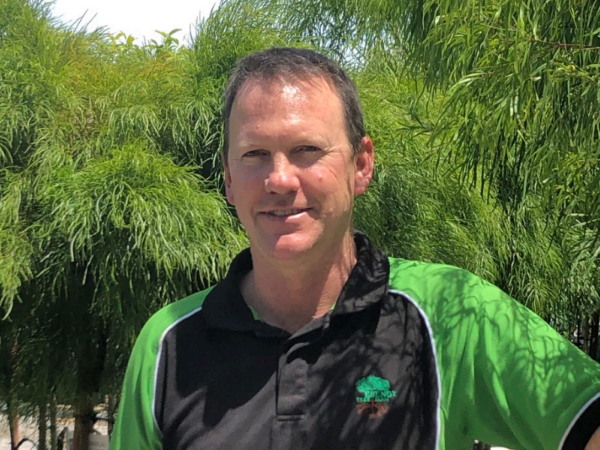After thirty years in the nursery industry, it is safe to say that Craig Woodroffe, Sales Manager at Ellenby Tree Farm, knows how to produce premium quality trees.
But if his experience has taught him one thing, it’s the importance of customer feedback and ensuring the successful establishment of trees after they leave the nursery. That’s why standards are important.
In particular, Craig is dedicated to ensuring the trees at Ellenby adhere to the new industry Tree Stock Specification which is an Appendix of the updated Nursery Industry Accreditation Scheme (NIASA) Guidelines.
Ellenby Tree Farm grows over 60,000 trees over a 70- acre property in Western Australia. Its clients range from single houses to the revegetation of entire estates. The farm is also growing significant quantities of trees for various local government contracted projects.
Despite the large quantities Ellenby operates in, for Craig and the business, ensuring the quality of every single tree counts.
For productions nurseries already producing high quality trees, adherence to the NIASA Tree Stock Specifications Appendix, is unlikely to require major overhauls of the production process.

“For us, we found that we were already doing most of what is specified as part of the NIASA Tree Stock Specifications Appendix but we’ve been able to use the guidelines within the appendix to make our good trees consistently great,” Craig said.
“The guidelines encourage you to look at your whole tree, from root to leaf. In our case, we’ve always known that our trees are close to perfect aesthetically but being required to undertake a below ground assessment helps us to ensure that our tree is perfect from the ground up.”
The NIASA Tree Stock Specifications cover everything from above ground quality such as the stem and branch structure, formative pruning and trunk position to below ground aspects such as rootball diameter and depth, root division and tree stock balance. To be certified, a production nursery must engage a NIASA auditor to ensure they’ve met all the obligations required.
“Getting feedback on your trees from an industry group of your peers can be intimidating but it’s an important part of our path to perfection,” he said.
“As a business our tagline is ‘Growing tomorrow’s trees today’ and we want to ensure that our trees will thrive in their new homes or landscape. Following these guidelines helps us assure that.”
In order to ensure all trees are up to Australian Tree Stock Standard and that the business achieves NIASA Tree Stock Specification certification, one part of the business which may require attention is staff training.
Like any industry, there have always been multiple opinions of the ‘best way’ to do something. But with the NIASA manual, there is now a proven ‘correct’ way which is backed by robust science and research both from Australia and around the world.
“By following standards and certifications we’re able to articulate how and why we do certain things, like why we need to prune branches, and why the size index is important,” Craig said.
“Ultimately, it keeps everyone in the business on the same page.”
The business recently embraced the NIASA Tree Stock Specifications as part of its 2019/20 season and looking ahead to the rest of 2020 and 2021, the Tree Stock Specifications will drive its winter planting season.
According to Craig, it’s a perfect time to get involved with NIASA accreditations and nurseries that don’t follow standards or seek accreditation are at risk of missing the opportunity.
“At the moment, the biggest buzzword we hear from our clients is the environment and we already know that those businesses who were able to showcase their environmental credentials early have been able to ride that wave successfully.
“But now, we are increasingly beginning to hear accreditation becoming the new trend for large customers making purchasing decisions. Those businesses that can align themselves with best practice and prove it through accreditations are likely to lead the way,” Craig said.
For more information:
nurseryproductionfms.com.au
www.greenlifeindustry.com.au
